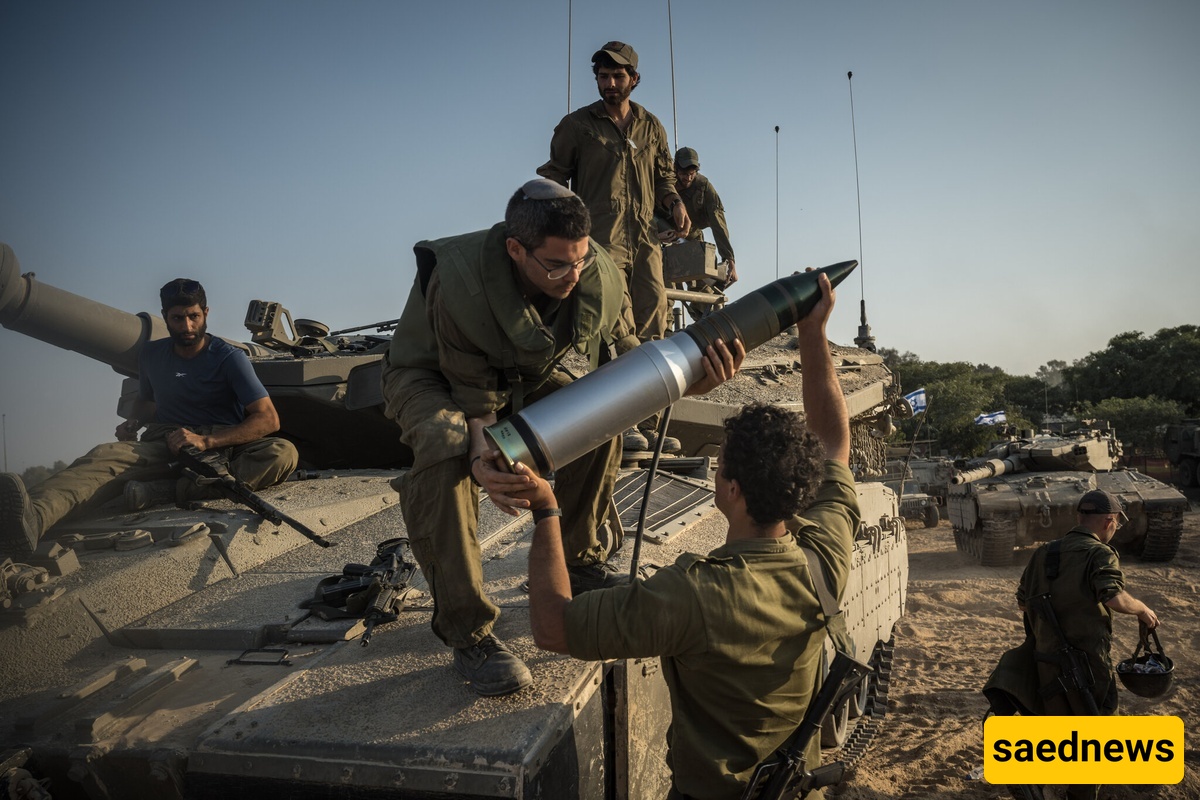SAEDNEWS: On August 20, 2025, Israel launched the first phase of its military operation on Gaza, mobilizing 60,000 reservists and capturing parts of the outskirts, raising global concerns over humanitarian impacts and the risk to political solutions.

According to SaedNews, citing CNN, since the outbreak of the war in October 2023, Gaza has become the central arena of conflict between Israel and Hamas. Over the past two years, the Israeli army carried out a series of operations that brought large parts of Gaza under its control, yet Gaza City, as the political and military hub of Hamas, remained out of reach. With the announcement of the “initial phases of the assault” on the city, the Israeli army has effectively entered one of the most sensitive phases of the war.
Israeli Army spokesperson Brigadier General Avi Defery announced on August 20 that Israeli forces, by besieging the outskirts, had launched a new operation named “Gideon B Chariots.” The plan includes the large-scale mobilization of 60,000 reservists, which, alongside 70,000 active-duty soldiers, will bring Israel’s offensive capacity to over 130,000 personnel. This formation recalls classic large-scale operations in urban warfare and indicates that Israel intends to fully take control of Gaza City.
Militarily, Israel’s main goal is to completely weaken Hamas’ infrastructure in Gaza City, including destroying tunnels, command centers, and arms depots. However, experience in urban battles in Gaza has shown that such actions can come at a heavy human cost for civilians. This has raised international concerns. UN Secretary-General António Guterres, hours after the operation was announced, warned of “widespread civilian casualties and total destruction of the city” and once again called for an immediate ceasefire.
The humanitarian dimensions of this operation are severe. Millions of Gaza residents live under conditions with extremely limited access to food, water, and medicine. Aid organizations fear that a direct assault on Gaza City could trigger a new wave of displacement, hunger, and civilian deaths. Some human rights groups have also emphasized that such actions may constitute violations of international and humanitarian law.
Politically, the beginning of this operation represents a turning point. Within Israel, families of hostages have expressed increasing concern, as a large-scale assault could further endanger the lives of Israeli captives held by Hamas. Internationally, many countries believe that continuing the war further diminishes hopes for a return to negotiations and the realization of a two-state solution. Diplomatic pressure on the Israeli government, particularly from the United Nations and some Western allies, is increasing to halt the operation before it reaches a point of no return.
Ultimately, the outlook oscillates between two opposing paths: either the establishment of a ceasefire and a return to diplomatic channels, or a continued grinding war that threatens not only the political future of Palestine and Israel but also the stability of the entire region. What is certain is that the operation against Gaza City is not merely a military action, but a decisive point in one of the world’s longest and most complex contemporary crises.

